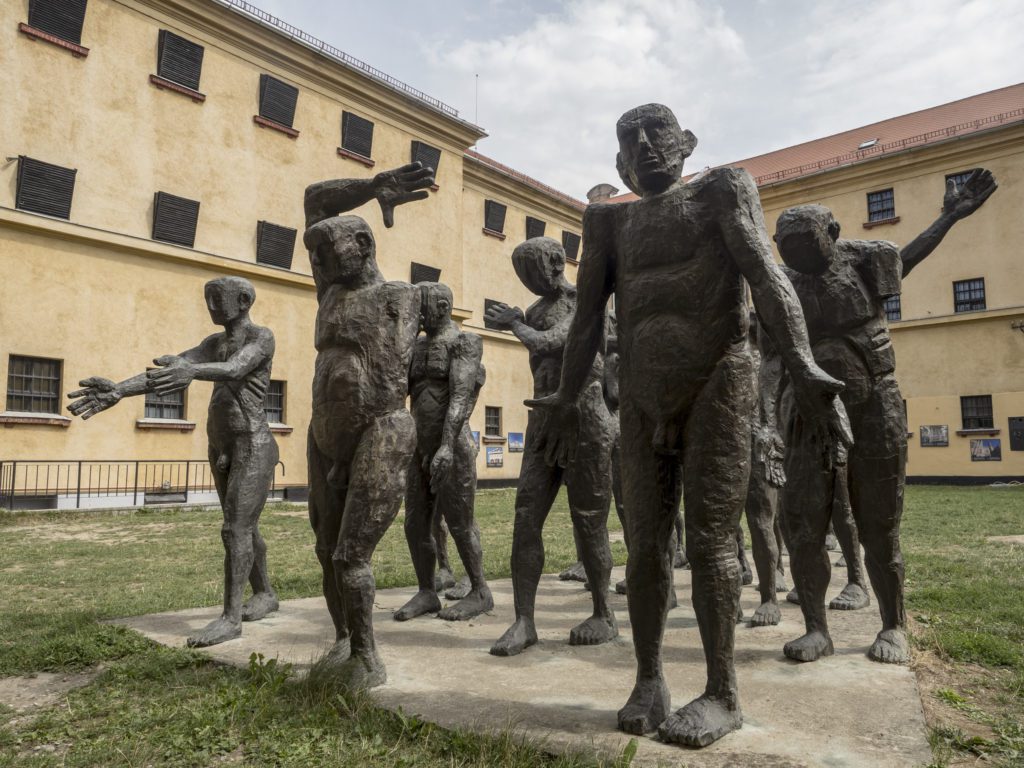While most people travel to the Maramures region of Romania to experience its peaceful and serene rural life, visiting The Memorial of the Victims of Communism and of the Resistance in Sighetu Marmației is a sombre experience. The former prison is a testimonial of the darkest pages in Romania’s modern history.
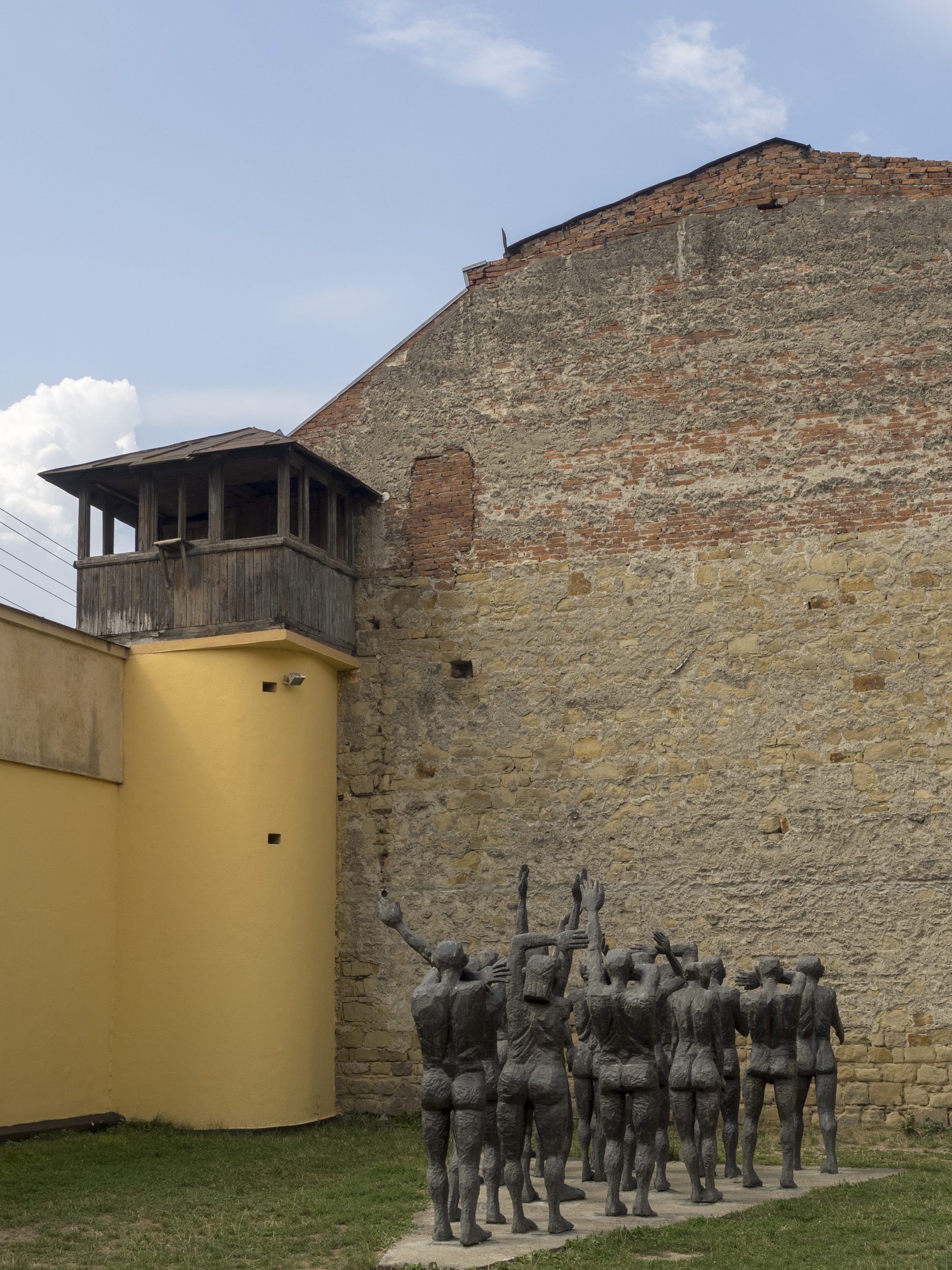
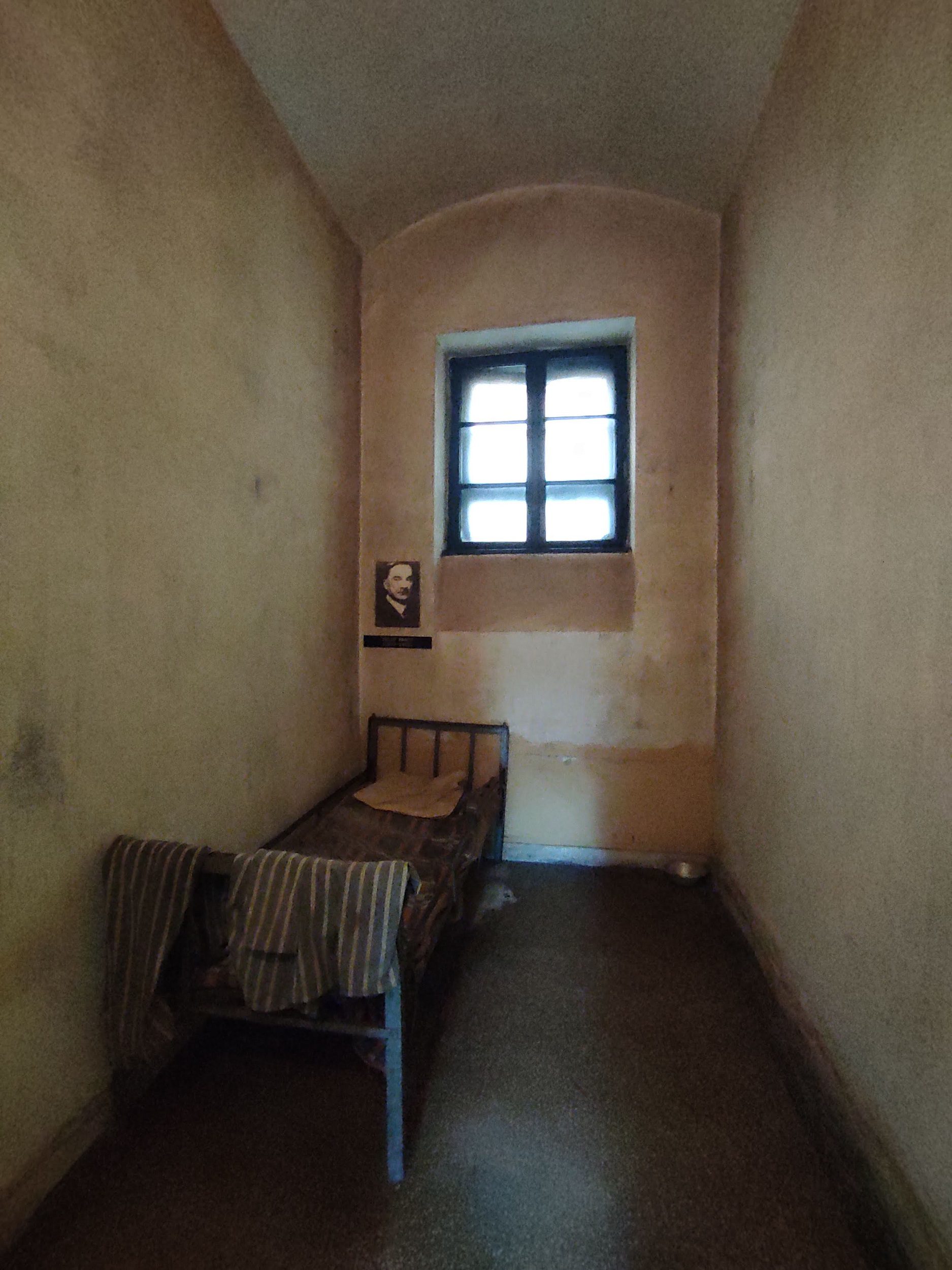
In the 1950s, almost 200 of the most influential politicians, intellectuals and religious leaders were imprisoned in Sighetu Marmației, a small town right next to the Ukrainian border (which back then was a border with USSR). Today, almost 90 cells on three floors host an exposition telling the history of Romanian communism.
Surprisingly few people know about the Memorial in Sighetu Marmației, considering that the Council of Europe announced it as one of the three most important commemoration places in Europe, together with Auschwitz and the Peace Memorial in France.
If you are interested in the history of Eastern Europe and the communist times, or if you simply want to understand Romania and its past better, you should pay a visit to the Communist Memorial in Sighetu Marmației.
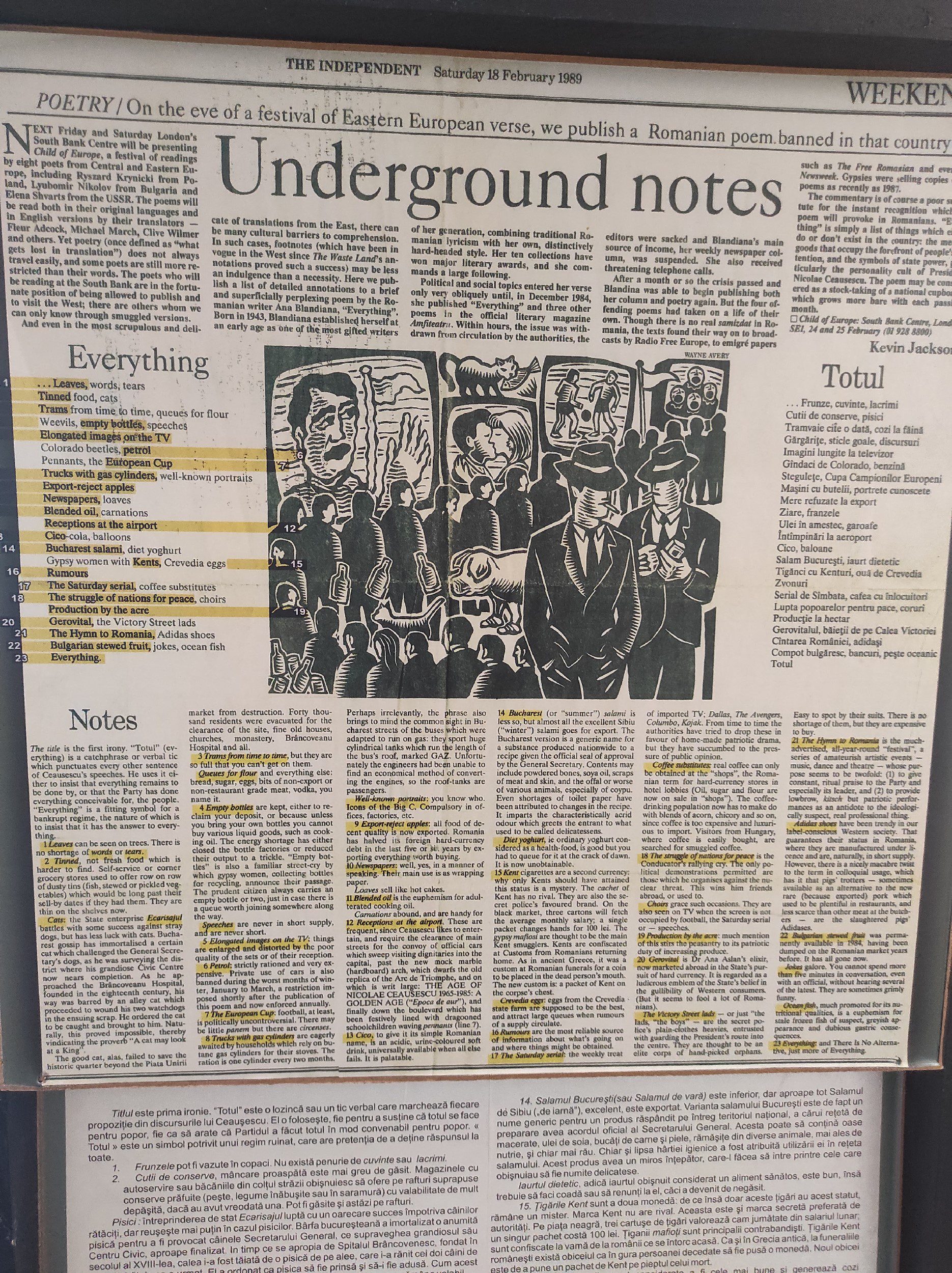
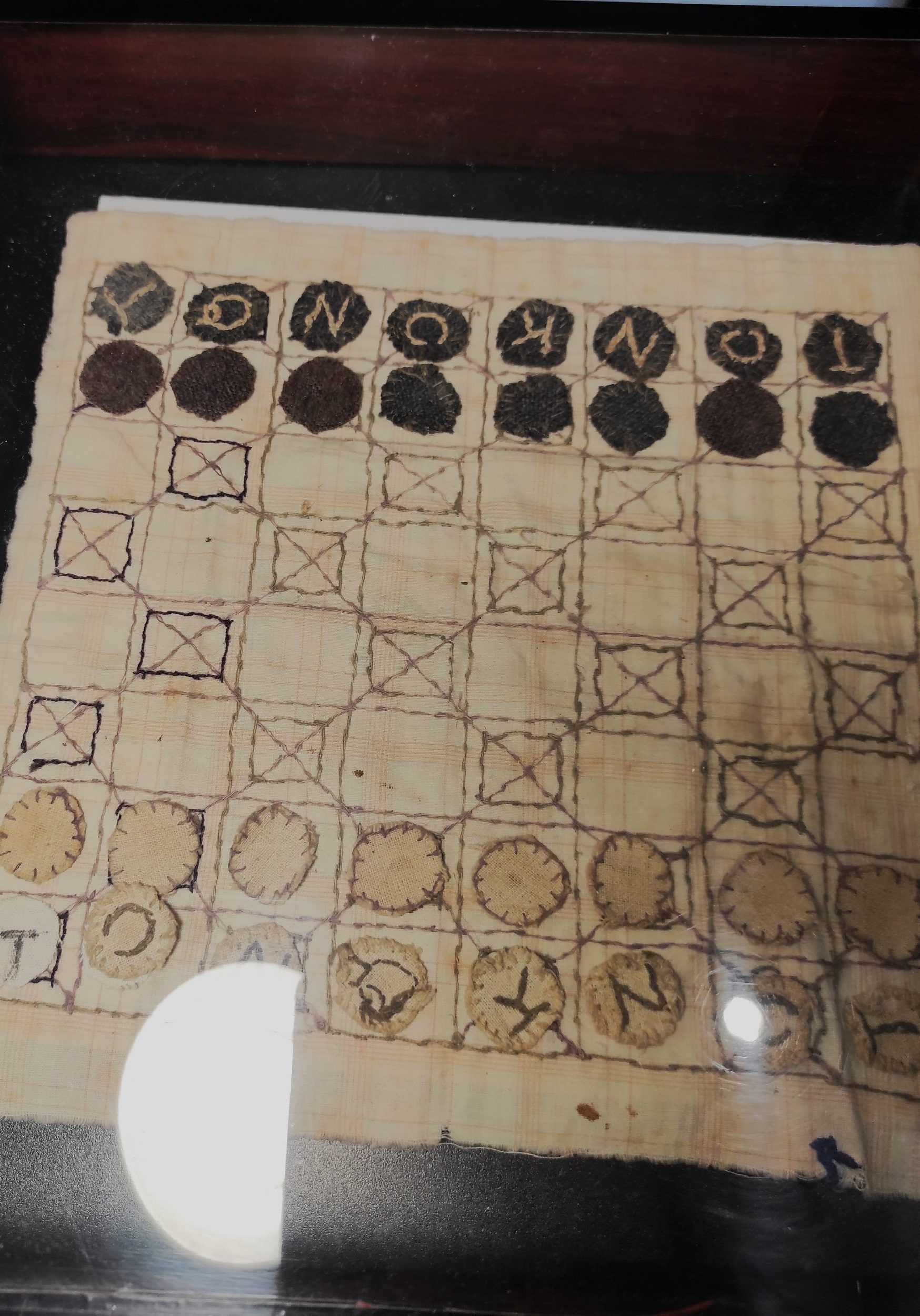
Artykuł zawiera linki afiliacyjne. Jeśli zamówisz coś za ich pośrednictwem, nie zapłacisz ani grosza więcej, a ja otrzymam niewielką prowizję, która umożliwi mi dalszą pracę nad blogiem. Dzięki za wsparcie!
Communism in Romania
It’s not possible to understand Romania today without learning about its history. And in the 20th century, this history was pretty dark. Alongside Albania, Romania had one of the most oppressive communist regimes in Europe.
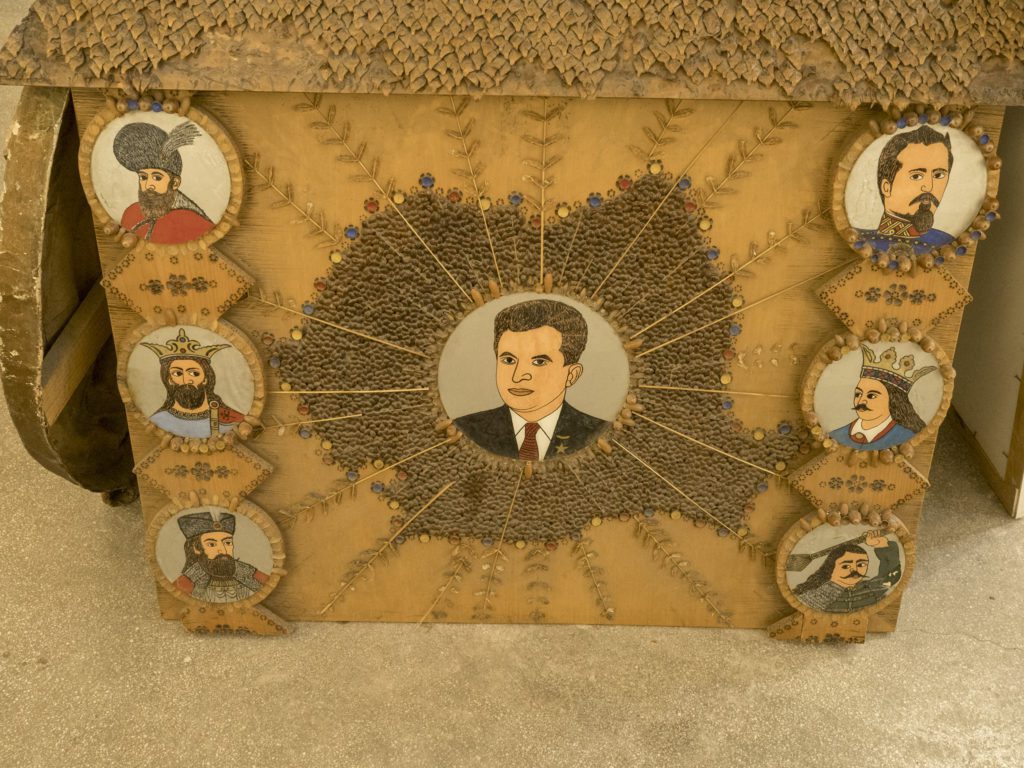
Some people called it a country of prisons, where over 2 million people were politically persecuted. The regime didn’t save the youth that protested against indoctrination and participated in the life of opposition organisations. In the Sighetu prison, high school students accounted for 2 % of political prisoners.
The communist government of Nicolae Ceaușescu aimed to control every area of citizen’s life with widely used surveillance. The dictator’s aim was to make Romania „the only country on earth able to know what every single one of its citizens is thinking”.
The methods used by the Romanian communist government were so utterly cruel that they even shocked the USSR’s secret services.
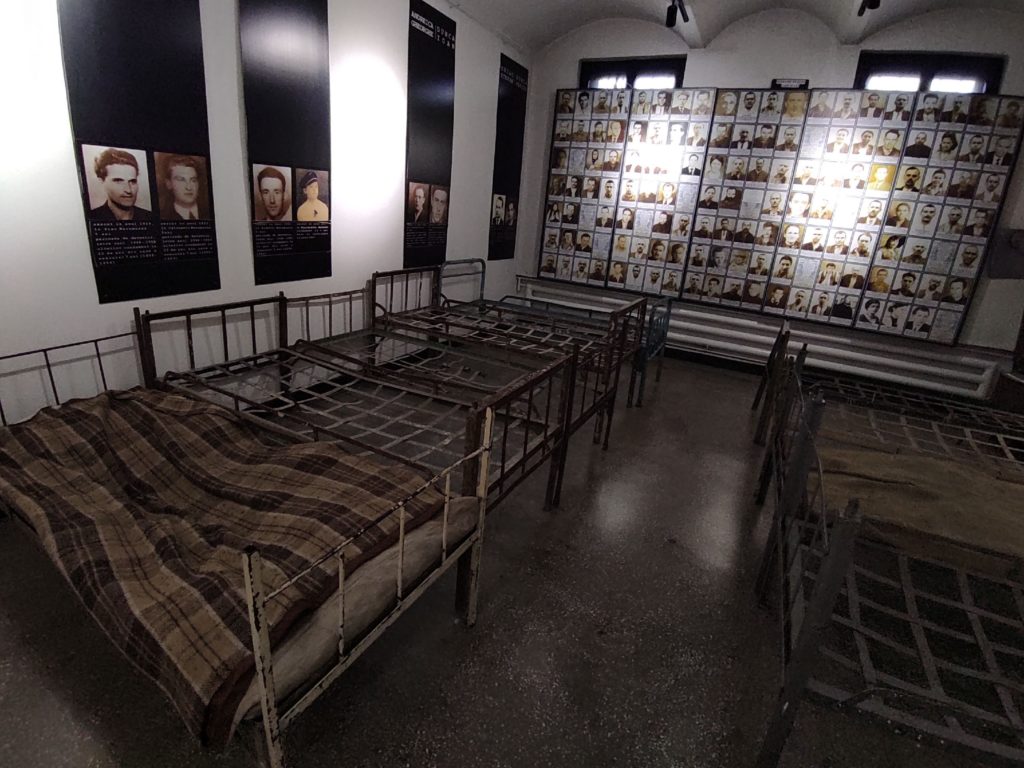
Pitești Experiment
Especially shocking was the so-called Pitești Experiment or Pitești Phenomenon that took place from 1949 to 1951. A journalist Virgil Ierunca described it as „the largest and most intensive brainwashing torture program in the Eastern Bloc”. The inmates of the Pitești Prison, mostly students who protested against the communist regime, were forced to torture the other prisoners.
This was supposed to „re-educate” them, dismantle their value system and change their personalities so they abandon their past beliefs.
Since many inmates were orthodox Christians, the guards ordered them to mock the baptism ceremony using urine instead of water.
The cruel torture methods included feeding inmates with human faeces, burning their bodies with cigarettes and beating them with clubs and whips.
Aleksandr Solzhenitsyn, the Russian novelist and Nobel Prize holder who himself experienced torture in a Soviet Gulag, said the Pitești Experiment was „the most terrible act of barbarism in the contemporary world”.
The trauma of these experiences still accompanies Romanian society. Recently, a young Romanian director Victoria Baltag made a movie based on the history of the inmates in Pitești.
If you’d like to learn more about the inhuman methods in Romanian communist prisons, I recommend reading the book The Anti-Humans by Dumitru Bacu.
The Memorial of the Victims of Communism and of the Resistance in Sighetu Marmației
A visit to the Memorial of the Victims of Communism and the Resistance in Sighetu Marmației is a long and unsettling lesson of Romania’s modern history.
As you walk into the building, you will see hundreds of pictures of the prisoners. The exposition is very informative and touches on a wide range of subjects.
Visiting the museum in Sighetu Marmației, you will learn about how the Romanian secret services (Securitate) operated and about forced labour and reeducation.
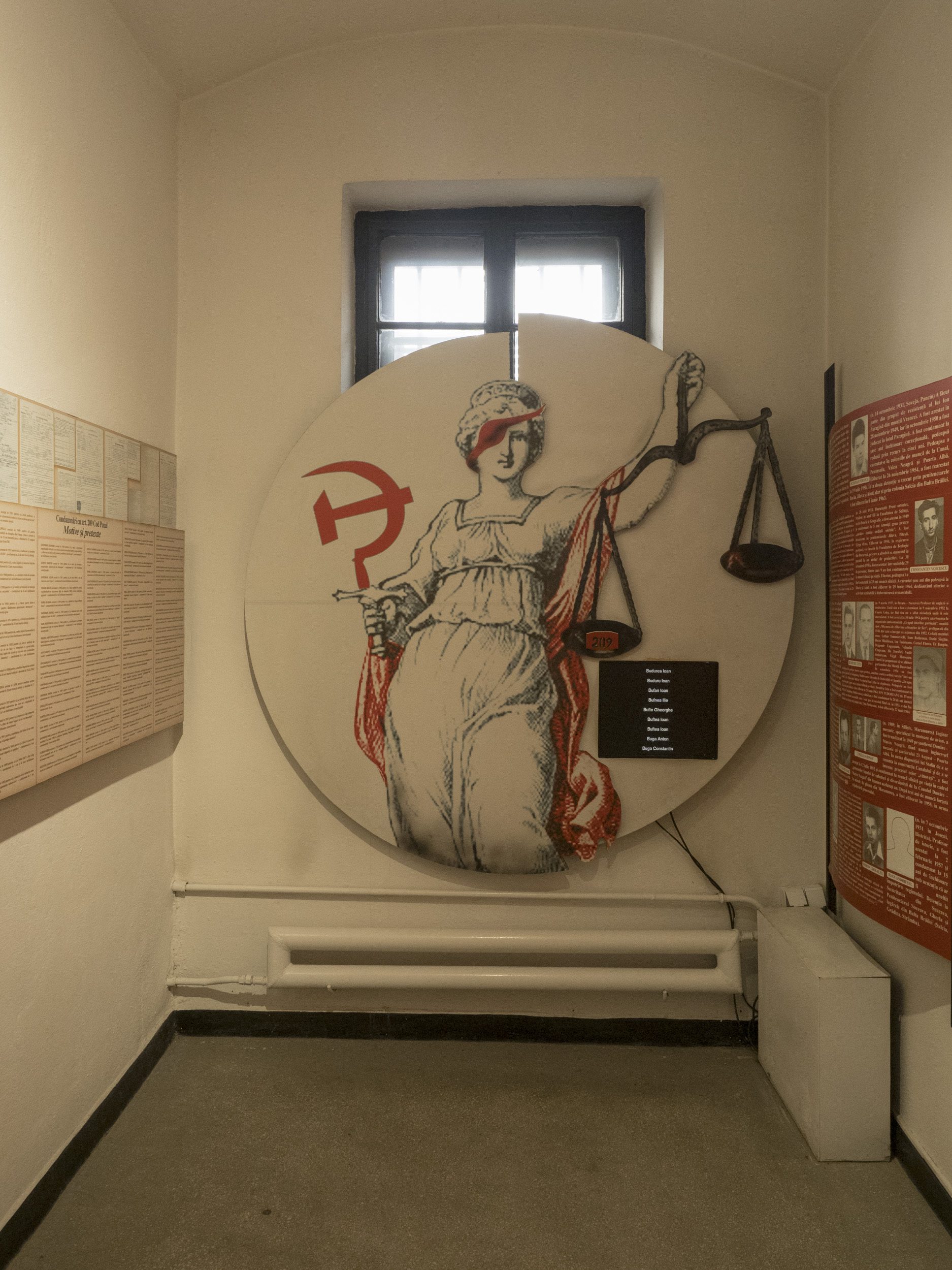
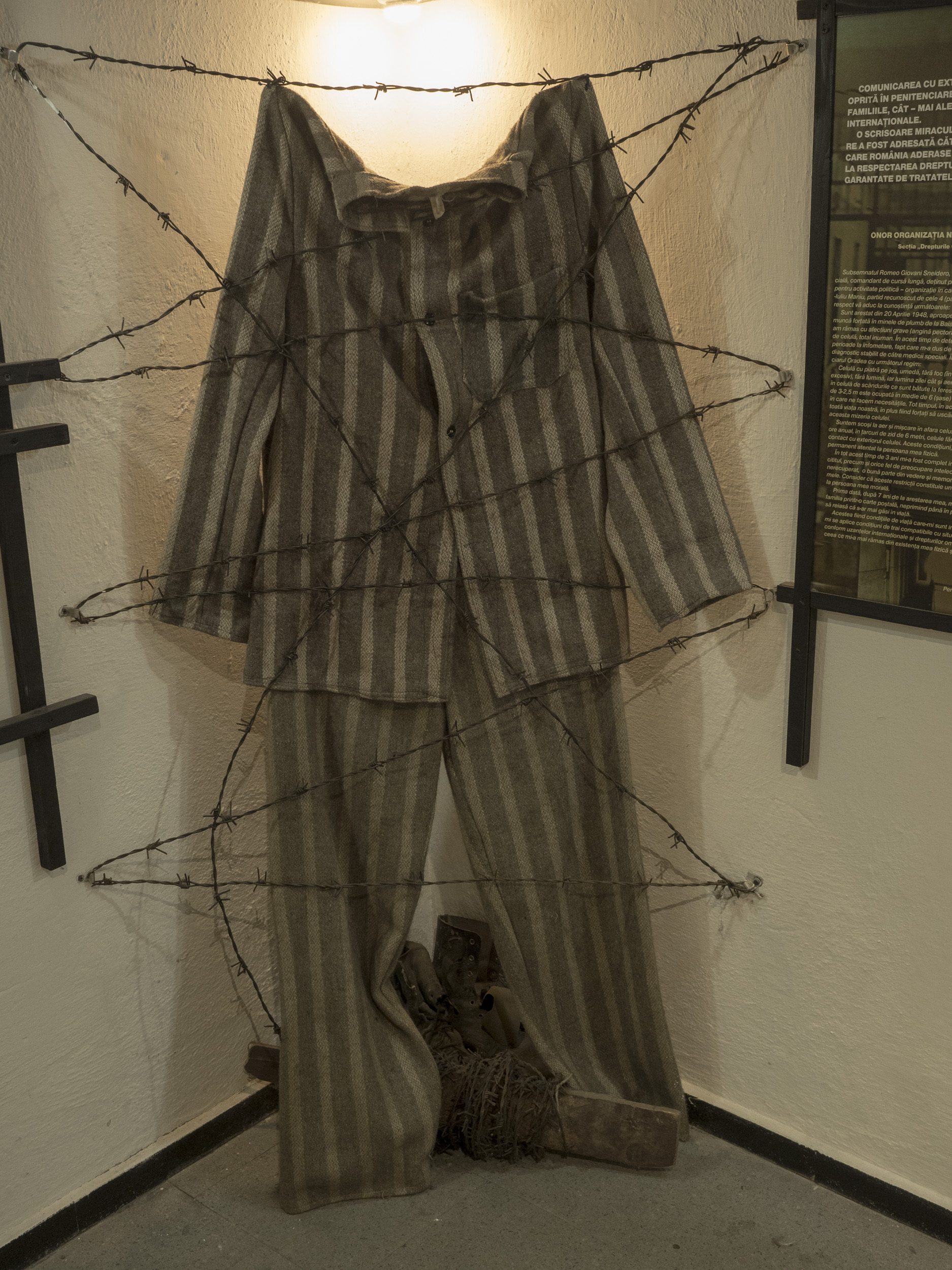
The museum also shows everyday life in communist Romania. It explains the history of communism in Europe and tells the story of Romania’s opposition and resistance movement and its road to democracy.
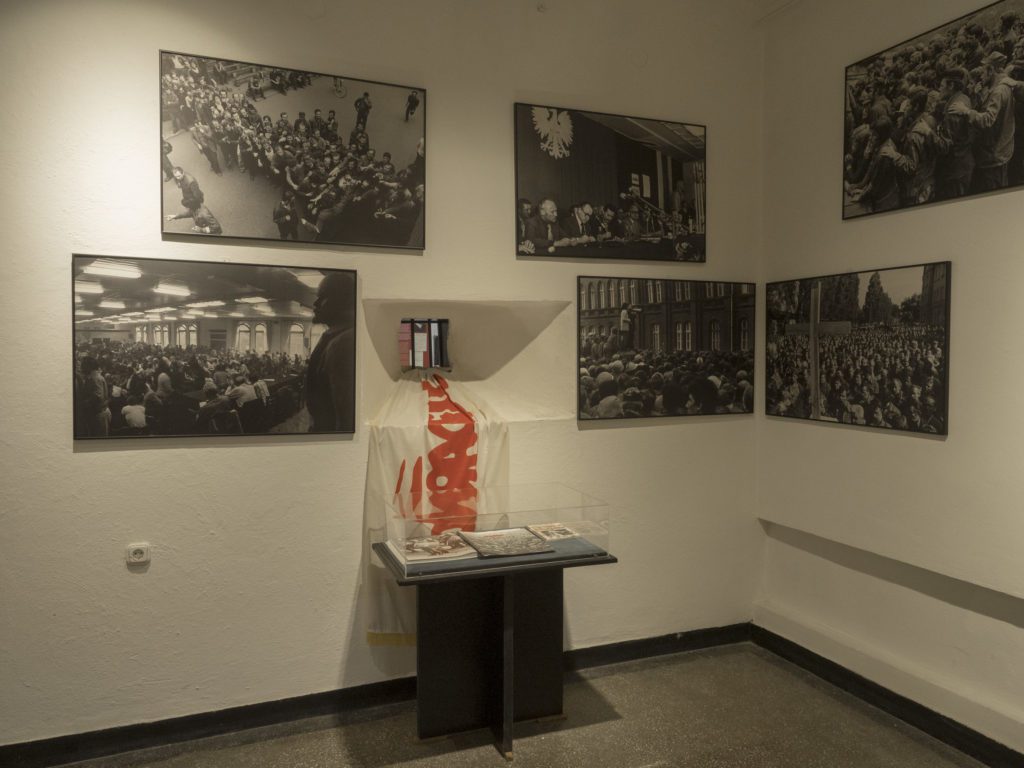
The visit to the Sighetu prison is very informative and will give you a much better understanding of Romania’s modern history.
Visiting the memorial in Sighetu Marmației – practical information
Język
The exposition description is only in Romania, but you will receive a pamphlet with comprehensive information about each room in English at the reception. Other languages are also available.
Opening hours
The Memorial in Sighetu Marmației is open from Monday to Sunday from 9:30 to 18:30 in the summer season (from 15. April to 14. October). In winter (from 15. October to 14. April), the museum is closed on Mondays. It can be visited from Tuesday to Sunday from 9:30 to 16:30.
Admission fee
The ticket costs 10 lei (2 euros) for adults and 4 lei (80 cents) for students and children.
How much time do you need to visit the Memorial in Sighetu Marmației?
You should reserve at least one hour to visit the prison in Sighetu Marmației. I recommend saving two hours to thoroughly go through the exposition.
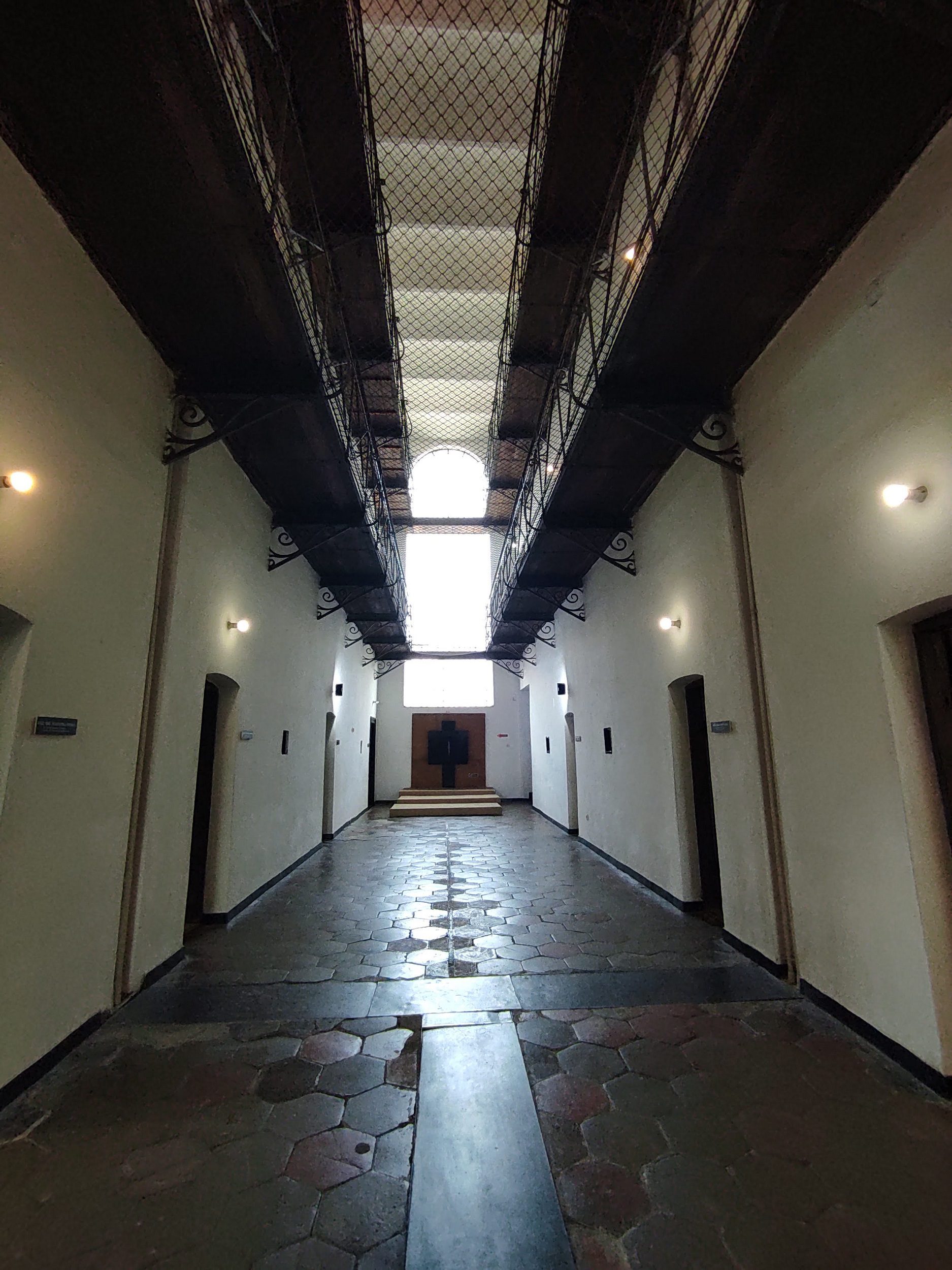
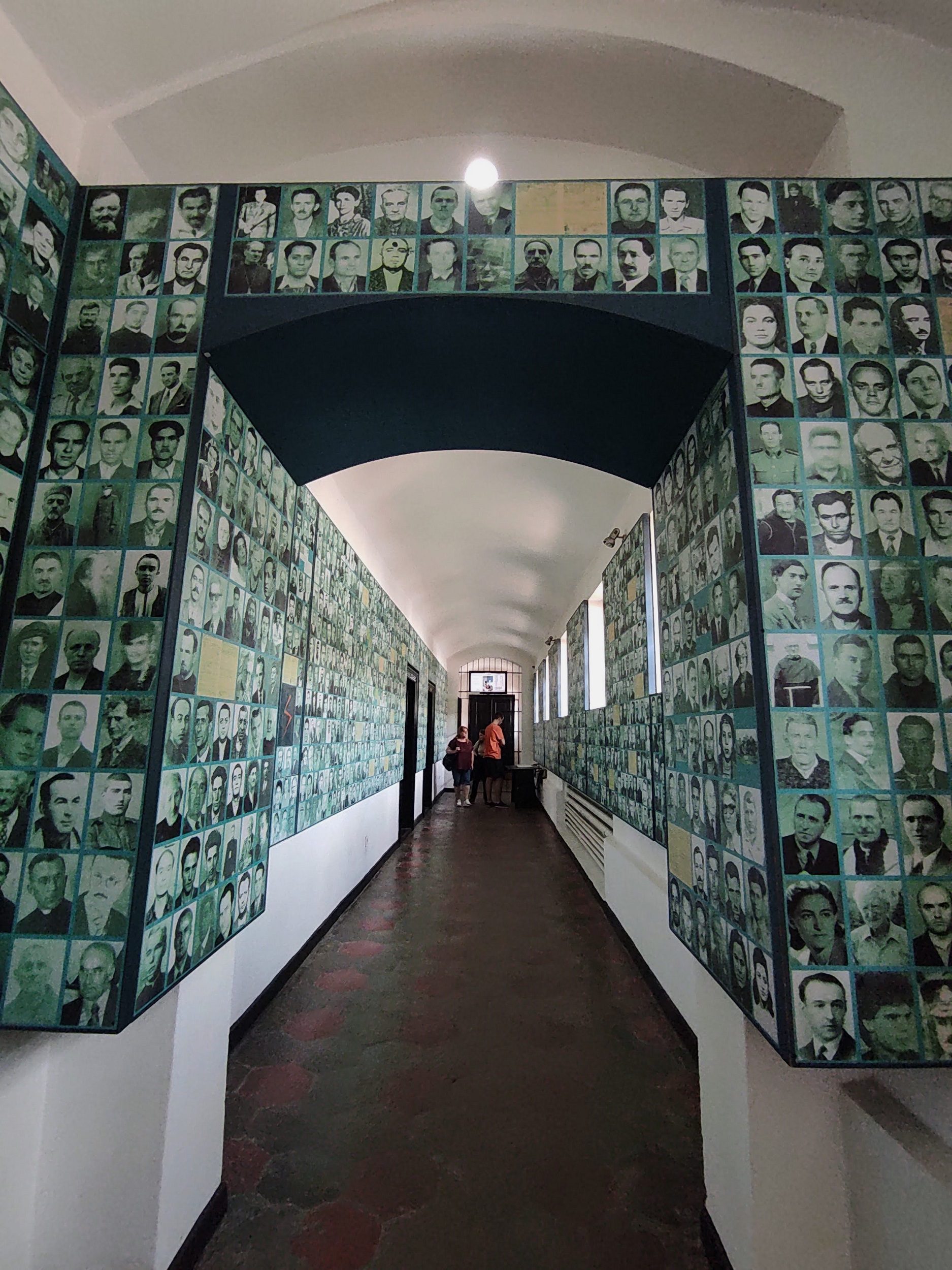
How to get to Sighetu Marmației?
The little town of Sighetu Marmației is located in the very north of Romania, right next to the Ukrainian border.
If you travel by car, remember most parking places in Sighetu Marmației are paid for. You can download the Tpark app to pay for your parking. There is also free parking for visitors to the memorial, just behind the museum (on Gheorghe Șincai Street).
You can travel to Sighetu Marmației by train from Cluj Napoca, but the journey is pretty long: 7 hours! There are also buses from Baia Mare.

Things to do nearby
The region of Maramures is known for stunning mountains that are perfect for hiking and mountain biking. You shouldn’t miss out on the unique Merry Cemetery in Sapanta and the peaceful traditional village of Breb.
There are also many beautiful wooden churches in the area, some included in the World Heritage UNESCO List.
Other communist sites in Romania
If you want to learn more about the communist history of Romania, there are many other places you should visit. The mansion of the dictator Nicolae Ceaușescu in Bucharest will impress you with its fancy interior.
To learn more about everyday life, visit Muzeul Consumatorului Communist in Timisoara, which shows a typical Romanian apartment from that period or Ferestroika private museum in Bucharest.
If you want to learn more about the Romanian revolution in 1989, it’s worth booking the communist tour in Timisoara. A local guide will show you the most important places for the fall of communism in Romania and give you a detailed commentary.
